

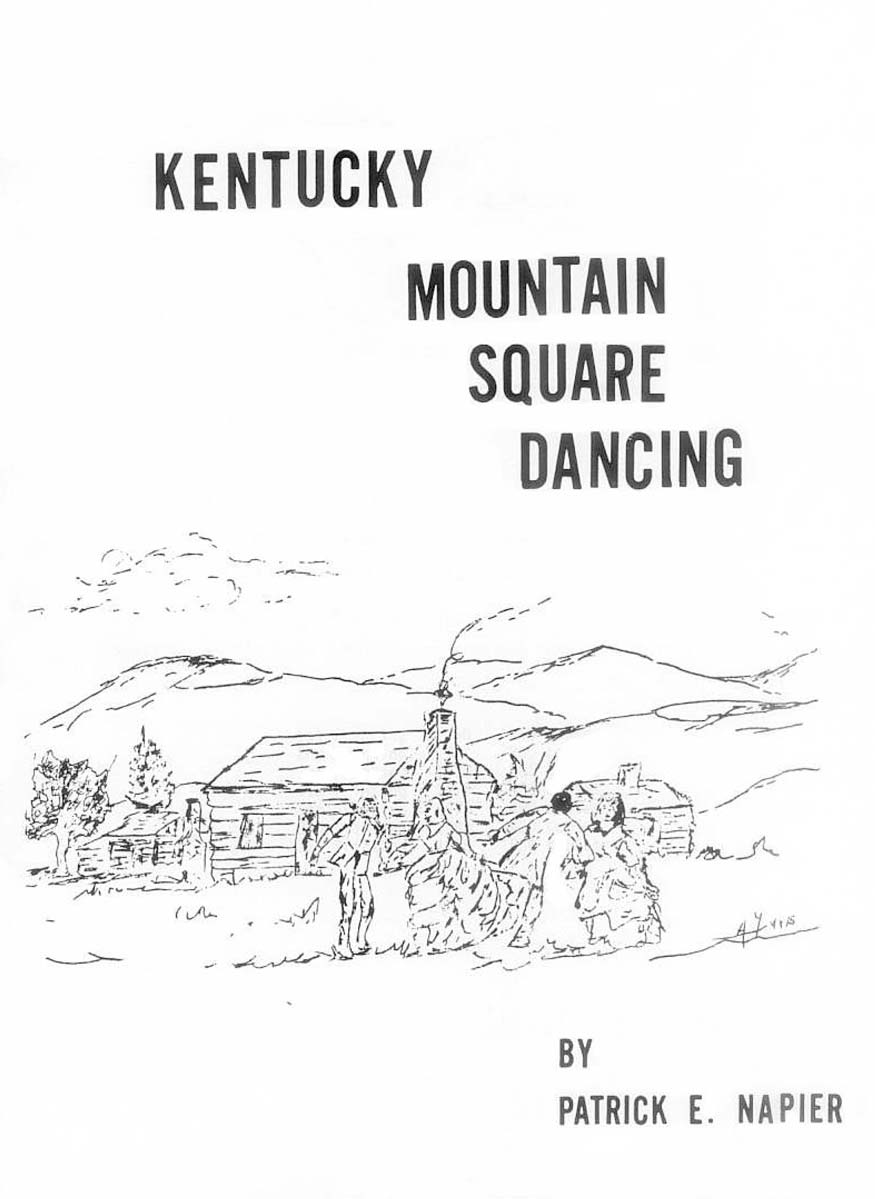

Roy Dommett’s Morris Notes Online Edition — the foundational resource, long out of print, available online.

Ted Sannella: Annotated Discography and Bibliography from Ted Sannella’s Swing the Next — The annotations and introduction for the Discography and Bibliography in Swing the Next (CDSS, 1996) are included here in their entirety. Swing the Next is a collection of 80 American square, contra, triplet and circle dances, the majority of them written by Ted Sannella, a master of the art of calling American traditional dances.
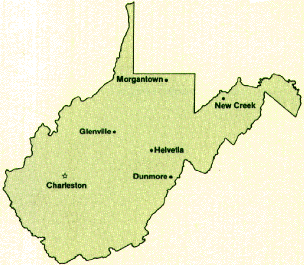
Robert G. Dalsemer: West Virginia Square Dances—Originally published by Country Dance and Song Society, 1982. Dalsemer describes dance figures as done in five rural West Virginia communities in the mid- to late-1970s and reports on their regular dance events, including programming, type of audience, price and method of admission, and the traditions of figure calling and musical performance. The history of each dance event is discussed, as is their on-going process of evolution. With appendices: a list of tunes commonly played for square dances; transcriptions of calls; and tunes for caller Worley Gardner’s singing and semi-singing calls.
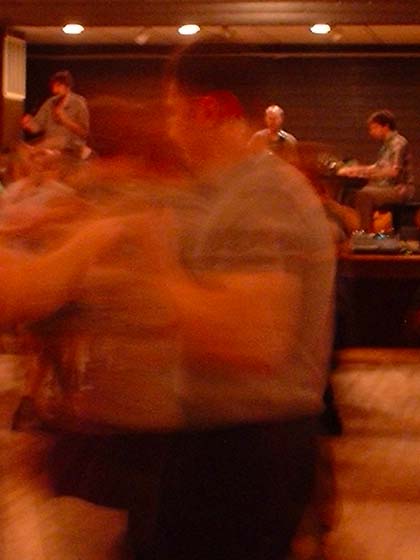
Mary Dart: Contra Dance Choreography: A Reflection of Social Change—Originally published by Garland Publishing, Inc., New York & London, 1995. Mary Dart’s classic study explores “the way the choreography of the contra dance, a folk dance tradition brought to us from the British Isles, has been changing, particularly over the last twenty years.” The book, based on interviews with callers, dance composers and musicians, looks at new dances, how they are composed, and what aesthetic and cultural principles underlie the choreographic choices made.

Robert M. Keller: The Dancing Master, 1651-1728: An Illustrated Compendium (online database)—The Compendium is a searchable database of all known country dances published in the various editions of The Dancing Master, published by John Playford, Henry Playford and John Young, from 1651-1728 in London, with facsimiles of each “unique” dance with its music. This reference work is published by CDSS with the English Folk Dance and Song Society and the New Hampshire Library for Traditional Dance and Music at the University of New Hampshire.
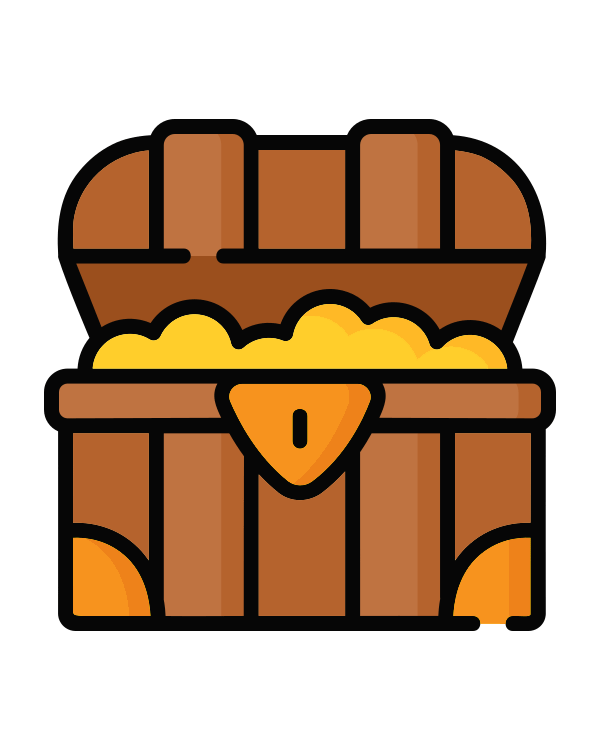
The Colonial Music Institute (compiled by Robert Keller): Dance Figures Index: English Country Dances, 1650-1833 — A guide to the basic figures in major English printed longways country dances in eighteenth and early nineteenth-century sources. This database only includes sources for dances with instruction for country dances, or dances that could be identified as such. It does not include other dance forms, such as Cotillions or Allemand or similar dances.

The Colonial Music Institute (compiled by Robert Keller): Early American Songsters, 1734-1820: An Index —An index of all of the known songsters currently available. The index draws heavily from Irving Lowens’ Bibliography of Songster Printed in America Before 1821 (Worcester: American Antiquarian Society, 1976), for titles and other bibliographical information. Lowens defines a songster “as a collection of three or more secular poems intended to be sung.” Most of the songsters do not include music, although many contain references to the names of tunes to which the song could be sung. This publication comprises those songs published through 1800.

The Colonial Music Institute (compiled by Robert Keller): Dance Figures Index: American Country Dances, 1710-1830 — A guide to the basic figures in all American printed and manuscript longways country dances in eighteenth- and early nineteenth-century sources. It is drawn from a computer database of information which was gathered from 82 sources, 53 printed and 29 in manuscript.
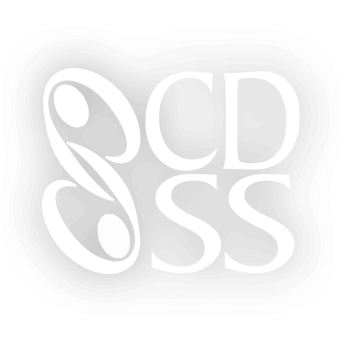
 Thanks to the Massachusetts Cultural Council for their generous support.
Thanks to the Massachusetts Cultural Council for their generous support.